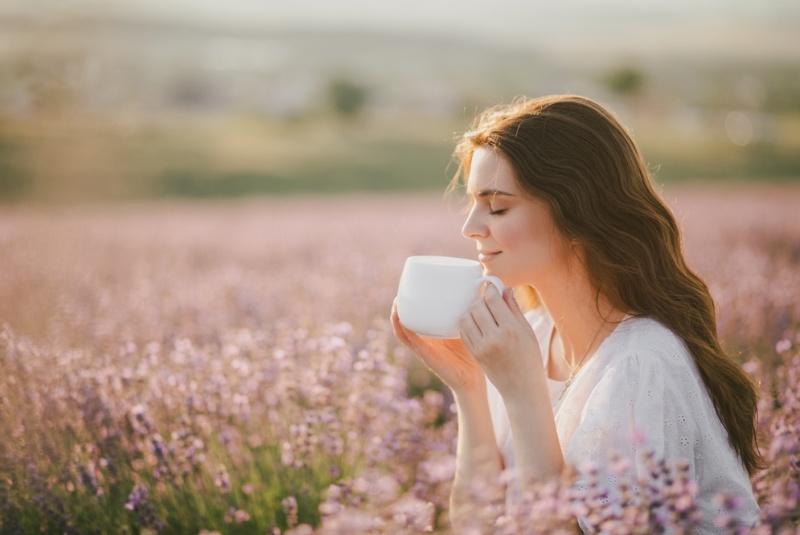As an embodiment of grace, tranquility, and culture, tea has held a special place in the hearts of people for centuries. The practice of brewing and savoring tea is not merely about hydration or staying warm on a chilly day. Rather, it is a full sensory journey, an art form that allows us to pause, breathe, and savor the subtle nuances of life. Let's embark on a journey to understand this time-honored ritual and uncover the hidden treasures of the tea world.
The term "tea" itself is an umbrella covering a wide array of flavors, colors, and types. From the robust, malty Assam to the delicate, fragrant Darjeeling; the refreshing, bright Sencha to the smoky, earthy Pu-erh, the diversity of tea is simply astounding. To truly savor tea, one must first understand that each type tells its own story. The type of tea, its origin, the processing method, and even the timing of its harvest can significantly influence the taste and aroma.
A key aspect of savoring tea involves activating all your senses. The color of the tea in your cup, the delicate aroma wafting from it, the warmth of the cup against your skin, the sound of the tea being poured, and finally, the taste - all contribute to the overall tea-drinking experience.
Much like wine tasting, appreciating tea starts with visual inspection. Admire the dried leaves, their shape, color, and size. When steeped, observe the color of the infusion, ranging from pale green to golden or deep brown depending on the type of tea. The appearance can tell you a lot about the quality of the tea and what to expect when you taste it.
Next comes the aroma. The scent of the tea, both pre and post-infusion, offers valuable insights into its quality and character. Uncover the layers of the aroma, ranging from floral to fruity, grassy to toasty, and earthy to marine. These complex, tantalizing smells are a large part of the tea's allure.

Then, it's time to listen. Pay attention to the sound of the water boiling, the gentle clink of your cup or pot, and the pouring of the tea. These auditory elements are an integral part of the calming ritual that tea preparation is known for.
The tactile aspect of tea drinking often goes unnoticed. However, the sensation of holding a warm teacup, the feel of the tea leaves, and the texture of the tea on your tongue contribute significantly to the overall tea-drinking experience.
Lastly, and perhaps most importantly, is the taste. Take a moment to appreciate the initial flavor notes that greet your palate. Allow the tea to roll over your tongue, taking note of its body and texture. As you swallow, observe the lingering aftertaste, often referred to as the 'finish'.
Tea tasting is also about pairing your tea with foods that complement its character. For instance, Darjeeling's delicate notes pair well with light pastries or sandwiches, while the robust flavors of Assam go hand-in-hand with rich, spiced foods.
The art of enjoying tea is a journey, not a destination. It’s a gentle reminder to slow down, to appreciate the subtle pleasures of life, and to connect with ourselves and our environment. It’s about creating a moment of tranquility in the hustle and bustle of daily life.
While the world of tea may seem vast and complex, understanding and appreciating it need not be intimidating. By paying attention to the five senses and acknowledging the importance of mindfulness in the process, you too can master the art of savoring tea. From a simple cuppa to a traditional tea ceremony, every tea experience can be a moment of serenity and joy.
Remember, every tea leaf has a story to tell, a story of the earth, the climate, the care of the tea farmer. When we sip and savor, we partake in these stories, blending them with our own, thereby keeping the age-old tradition of tea drinking alive and personal.




